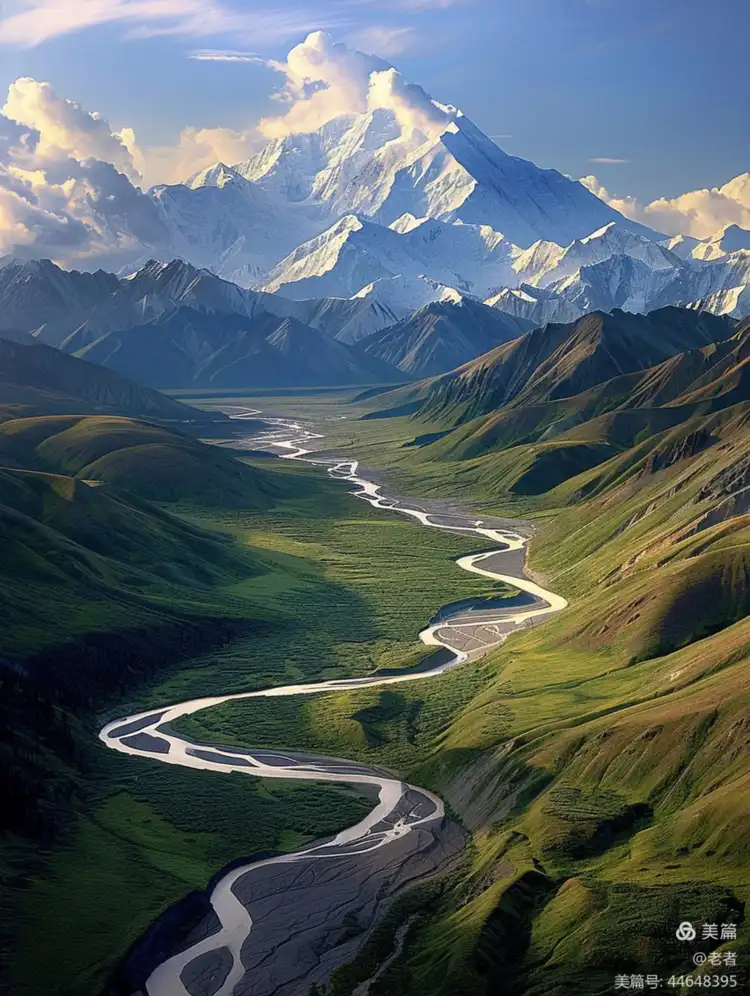Global Travel Information
Dasht - e Kavir, Iran
The Enigmatic Beauty of Dasht-e Kavir: Iran’s Great Salt Desert
Stretching across the heart of Iran, the Dasht-e Kavir, or the Great Salt Desert, is one of the most mesmerizing and inhospitable landscapes on Earth. Covering an area of approximately 77,000 square kilometers, this vast desert is a realm of extremes—scorching temperatures, blinding salt flats, and hauntingly beautiful mirages. Yet, beneath its harsh exterior lies an ecosystem of surprising resilience and a history woven with tales of ancient caravans, lost cities, and geological wonders.
A Landscape of Extremes
Dasht-e Kavir, meaning "Salt Desert" in Persian, is aptly named for its expansive salt pans, or kavirs, which dominate much of its terrain. These salt flats are remnants of ancient inland seas that evaporated millennia ago, leaving behind thick crusts of salt and minerals. The desert’s surface is a patchwork of cracked, hexagonal salt polygons, creating an otherworldly mosaic that shimmers under the relentless sun.
Temperatures in Dasht-e Kavir can soar above 50°C (122°F) in summer, while winter nights bring biting cold, sometimes dropping below freezing. The desert’s arid climate is exacerbated by its rain shadow location, shielded from moisture by the Alborz and Zagros mountain ranges. Rainfall is scarce, often less than 100 millimeters per year, making water a precious and elusive resource.
The Desert’s Hidden Life
Despite its unforgiving conditions, Dasht-e Kavir is not devoid of life. Hardy vegetation, such as salt-tolerant shrubs and tamarisk trees, clings to the edges of dry riverbeds. Wildlife, though sparse, includes species uniquely adapted to desert survival. Persian gazelles, desert foxes, and sand cats roam the dunes, while venomous snakes like the horned viper lurk beneath the sands. The desert also serves as a critical habitat for migratory birds, including flamingos that visit seasonal lakes formed by rare rainfall.
One of the most remarkable inhabitants of Dasht-e Kavir is the Asiatic cheetah, a critically endangered subspecies found only in Iran. Conservation efforts are underway to protect these elusive cats, which navigate the desert’s rugged terrain in search of prey.
Geological Marvels and Mysteries
The desert’s geology is as dramatic as its climate. Towering sand dunes, some reaching heights of 100 meters, shift with the wind, creating ever-changing landscapes. In contrast, the kaluts—wind-carved rock formations in the Lut Desert (a neighboring region)—extend into Dasht-e Kavir, sculpted into surreal ridges and pinnacles by centuries of erosion.

Among the desert’s most enigmatic features are the playas, or dry lake beds, which transform into temporary mirrors after rare rains. The largest of these, the Namak Lake, becomes a vast reflective surface, blending sky and earth in a breathtaking illusion. Beneath the salt crusts lie hidden dangers: treacherous quicksand-like salt marshes known as kavirs, which have swallowed unwary travelers for centuries.
Human History and Legends
Dasht-e Kavir has long been a crossroads of human civilization. Ancient trade routes, including the Silk Road, skirted its edges, connecting Persia to Central Asia and beyond. Caravanserais—fortified inns for weary travelers—still stand as silent witnesses to the desert’s historical significance.
Legends abound of lost cities buried beneath the sands. One such tale speaks of the "City of the Jinn," a mythical metropolis said to be cursed and swallowed by the desert. While no evidence supports its existence, the story reflects the mystique and peril associated with Dasht-e Kavir.
In more recent history, the desert has been a site of scientific exploration. During the 20th century, geologists and archaeologists uncovered fossils and artifacts revealing the region’s prehistoric past, including evidence of ancient lakes and early human settlements.
Modern Challenges and Preservation
Today, Dasht-e Kavir faces threats from climate change and human activity. Overgrazing, illegal hunting, and mining operations disrupt fragile ecosystems, while diminishing water resources exacerbate desertification. Efforts to protect the desert include establishing protected areas and promoting eco-tourism, which offers visitors a chance to experience its stark beauty responsibly.
Adventurers who venture into Dasht-e Kavir must do so with caution. The desert’s extreme conditions demand meticulous preparation, from ample water supplies to reliable navigation tools. Yet, for those who brave its challenges, the rewards are unparalleled: endless horizons, star-filled skies, and the profound silence of a timeless wilderness.
Conclusion: A Desert of Contrasts
Dasht-e Kavir is a land of contradictions—brutal yet beautiful, barren yet teeming with hidden life. Its salt-crusted plains and shifting dunes tell a story of resilience, both of nature and the human spirit. For Iranians, the desert is a symbol of endurance; for the world, it remains one of the planet’s last great untouched frontiers.
To stand in Dasht-e Kavir is to witness the raw power of nature, a reminder of Earth’s ability to shape and reshape itself over eons. In its silence, the desert whispers secrets of the past and challenges us to preserve its future.
相关文章
- Elbe River Archaeological Sites: Ancient Finds Near the Water
- Elbe River Botanical Gardens: Flowers & Plants Along the Banks
- Elbe River Zoos & Aquariums: Family Fun Near the River
- Elbe River Amusement Parks: Rides with River Views
- Elbe River Camping Spots: Pitch a Tent by the Water
- Elbe River Glamping Sites: Luxury Camping Along the Banks
- Elbe River RV Parks: Stay in Your Camper Near the River
- Elbe River B&Bs: Cozy Accommodations with a Personal Touch
- Elbe River Hostels: Budget Stays for Young Travelers
- Elbe River Business Travel Guide: Meetings & Events Near the Water
发表评论
评论列表
- 这篇文章还没有收到评论,赶紧来抢沙发吧~


